A 3000-Year-Old Community has been Unearthed in Great Britain : A Well Thought Out Scream by James Riordan

For the past year British archaeologists have been digging around the Must Farm project in England’s Cambridgeshire Fens and their efforts have unearthed a well-preserved Bronze Age settlement and revealed some very interesting information about a lost time. For example, people in the Brone Age had TV! No, that’s not true. I just wanted to give you a jolt. But the dig has revealed what the experts are calling some “truly fantastic pottery,” “truly exceptional textiles,” “a truly incredible site,” “the dig of a lifetime.”
Typically on prehistoric sites, you are lucky to find a few pottery shards, a mere hint or shadow of organic remains which generally means that archaeologists have to do a lot of interpreting as best they can. But Must Farm archaeological dig has turned out to be completely different. To the archaeologists involved, it has been absolutely thrilling. For over ten months now, day by day, week by week — the excavation has yielded up a wealth of valuable discoveries including textiles, metal work, pottery and ancient timbers.
Site manager Mark Knight from the Cambridge Archaeological Unit described it as “a genuine snapshot” of a lost world — a prehistoric settlement from the Bronze Age some 3000 years ago.
Easily, the most revelatory dig of its kind in Britain, if not in Europe, the dig is almost without precedent and it has already begun to transform our knowledge of life in the Bronze Age. The dig has been carried out under a large rectangular white tent — about a thousand meters square. It’s the sort of tent you might use for a wedding reception but here it’s perched on the edge of a working quarry. Far below, a big crane is busily extracting clay to make bricks.
The archaeologists arrived in force last September and, protected from the wind and rain under the tent, they’ve been forensically digging away several meters below sea level. Interest was first aroused in 1999 when a series of wooden posts were discovered sticking out of the clay. Trial excavations followed in 2004 and 2006 when Bronze Age spearheads and a sword were found.
 At one point Knight announced that he was preparing to step inside a Bronze Age round house. Now he has — and not just one but four or five. He is still marveling at it all: “I think I’ve found a landscape that has a story,” he says, “a landscape that hasn’t been described before, hasn’t been visited before. We are the first people to explore it.”
At one point Knight announced that he was preparing to step inside a Bronze Age round house. Now he has — and not just one but four or five. He is still marveling at it all: “I think I’ve found a landscape that has a story,” he says, “a landscape that hasn’t been described before, hasn’t been visited before. We are the first people to explore it.”


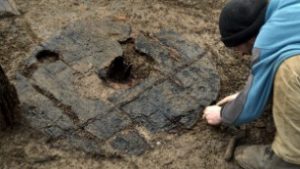
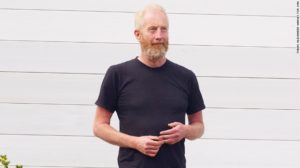
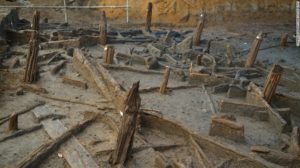
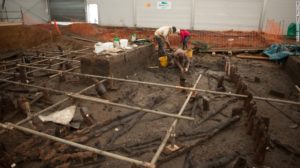
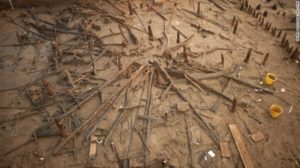
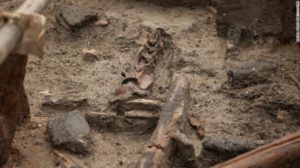
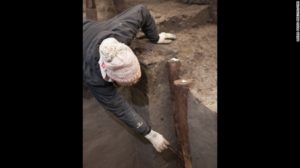

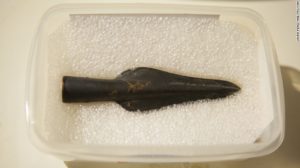
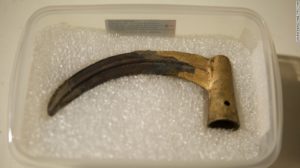

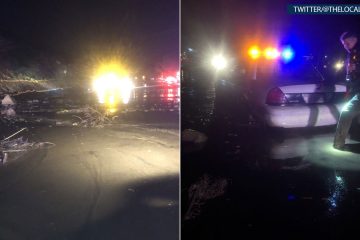
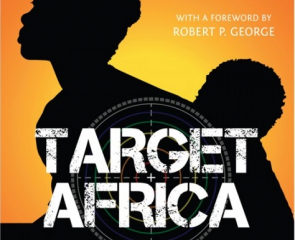

No Comment